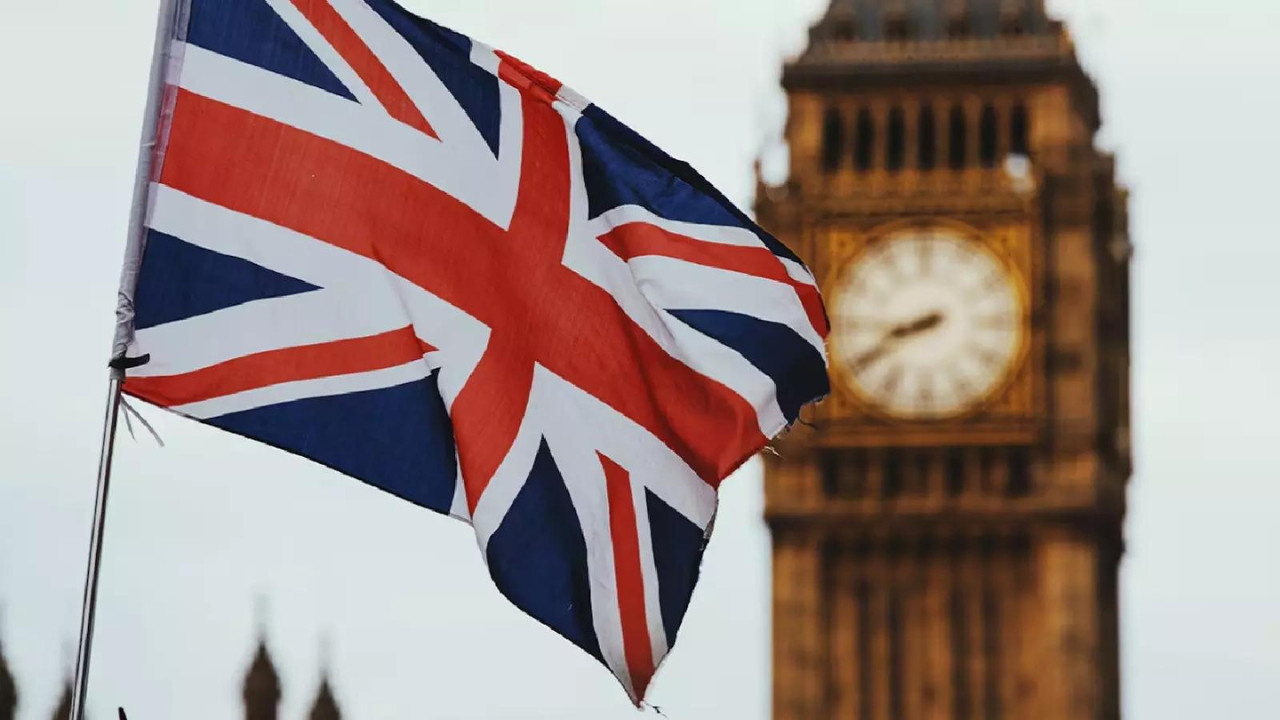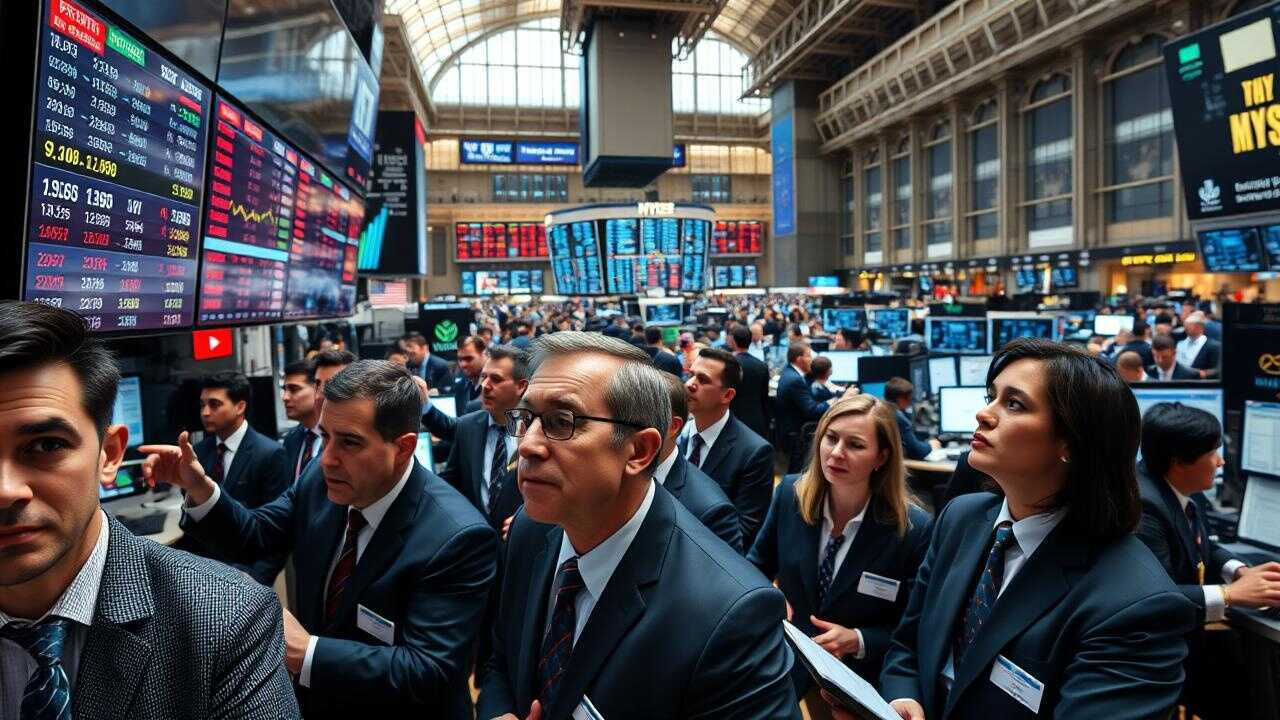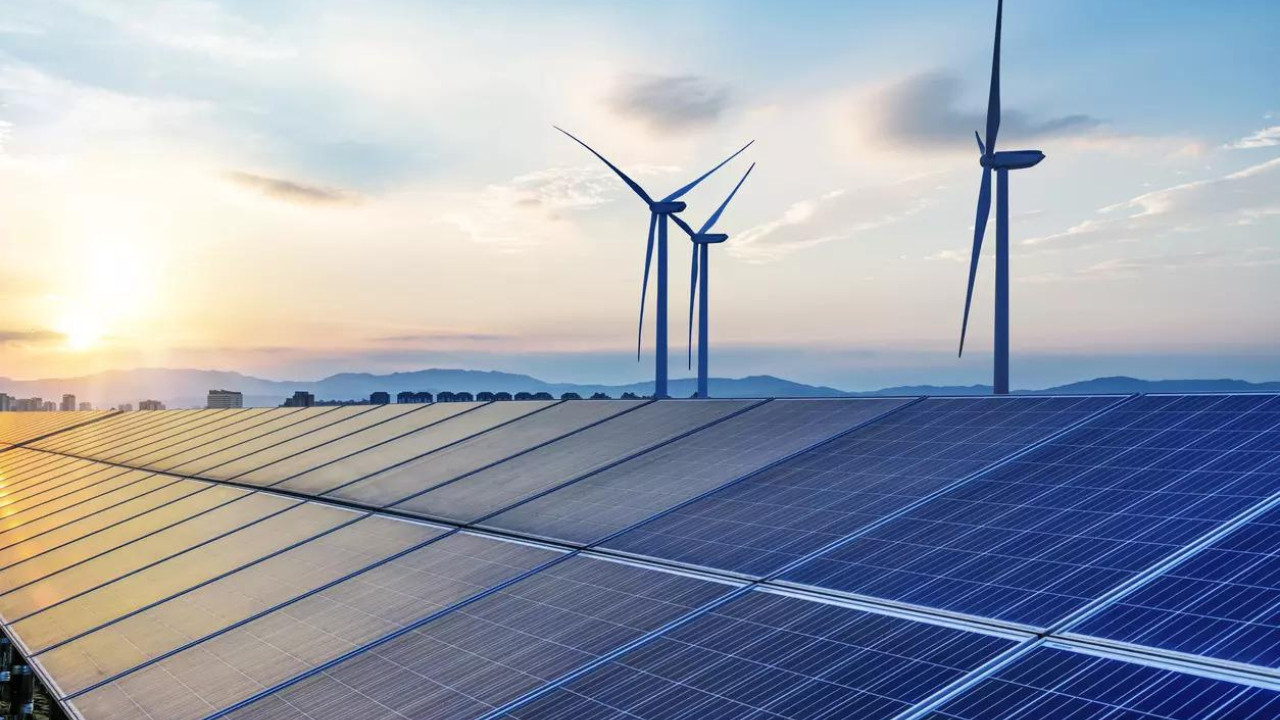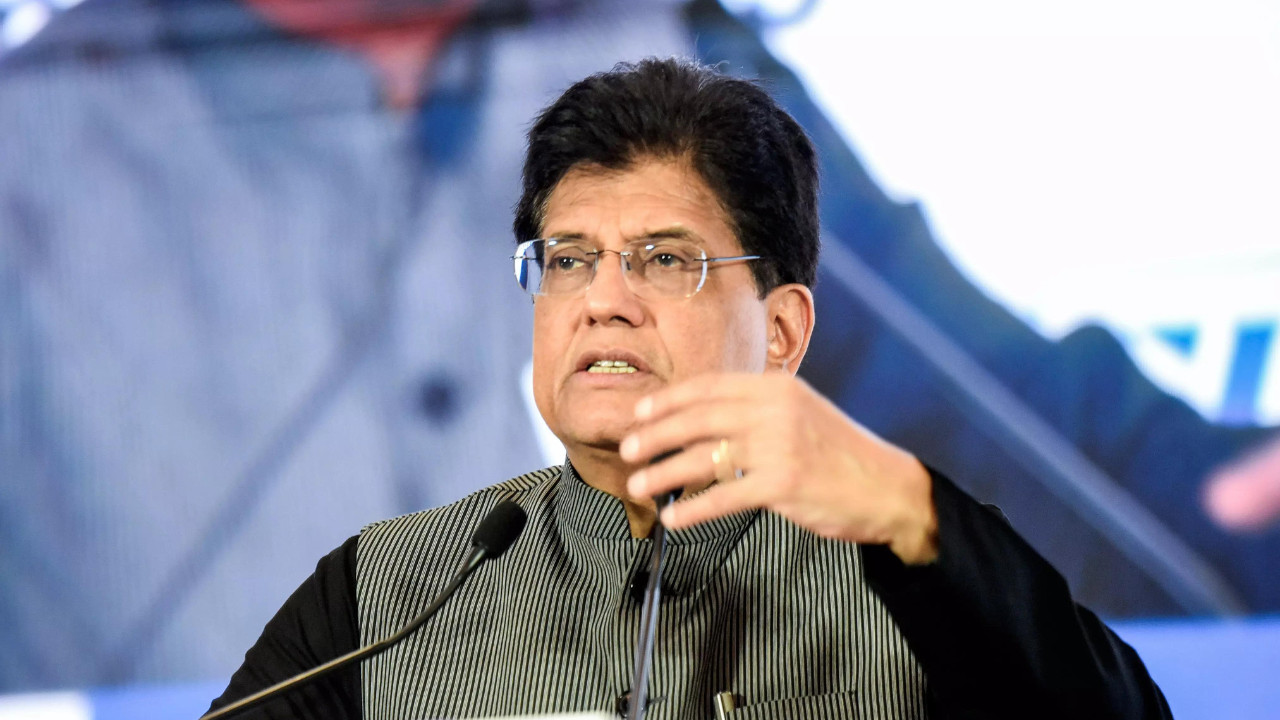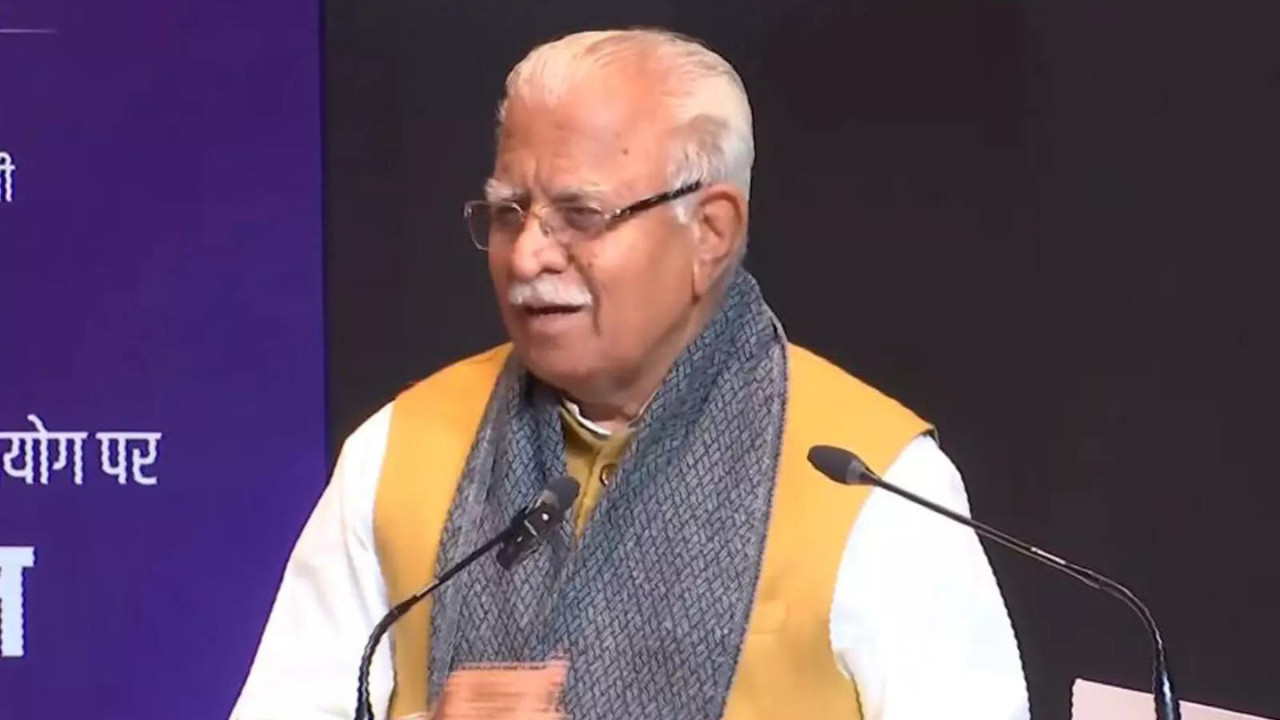British inflation increased unexpectedly in June. It reached an 18-month high. The Consumer Prices Index rose to 3.6 percent. Motor fuel and food prices mainly fuelled the jump. The UK economy contracted for a second month in May. Rachel Reeves acknowledged the pressure on households. The Bank of England may still cut interest rates next month.
UK Inflation Bites: Is This Just a Bump in the Road, or a Sign of Deeper Trouble?
The morning headlines weren’t exactly cheerful across the pond. The UK’s inflation rate has unexpectedly surged, hitting an 18-month high of 2.3% in April. Remember when things were trending downwards? That feels like a distant memory now. This jolt has immediately piled pressure on the Starmer government, already navigating a complex economic landscape. But what’s really going on here, and what does it mean for everyone?
The immediate impact is tangible. Everyday expenses, which were showing tentative signs of easing, are now threatening to climb again. Groceries, fuel, and energy bills – the basics – are back in the spotlight, squeezing household budgets. This rise throws a wrench in the gears of economic recovery, potentially stalling consumer spending and impacting business confidence. It also adds fuel to the ongoing debate about the Bank of England’s next moves regarding interest rates. Will they hold steady, risking further inflationary pressure, or will they tighten the screws, potentially tipping the economy into recession? It’s a high-stakes balancing act.
Understanding the Drivers Behind the Inflation Spike
So, what’s causing this inflationary hiccup? Several factors are at play. A significant contributor is the rebound in energy prices. After a period of relative stability, global energy markets have experienced renewed volatility, impacting domestic energy costs. This directly translates to higher prices at the pump and increased bills for households and businesses.
Furthermore, core inflation, which strips out volatile items like food and energy, also edged upwards, suggesting that underlying inflationary pressures are more persistent than initially anticipated. This could be due to a combination of factors, including lingering supply chain issues, wage growth in certain sectors, and increased demand as the economy slowly recovers. The rise in inflation makes it clear that economic forecasting remains challenging in the current global climate.

A US Tariff Threat Looms: Could This Make Things Worse?
Adding to the government’s woes is the potential for new trade tensions with the United States. Rumours of potential tariffs on specific UK exports are swirling, raising concerns about the impact on British businesses. A trade war, even a small one, would undoubtedly exacerbate inflationary pressures by increasing import costs and disrupting supply chains. This is not the kind of external pressure the UK economy needs right now. Imagine a scenario where British manufacturers face higher costs for raw materials, leading to increased prices for consumers. It’s a domino effect no one wants to see. We have existing resources about [UK trade agreements](internal-link-here) that could be helpful context here.
The Political Fallout: Pressure Mounts on Starmer
Unsurprisingly, the opposition is seizing upon the inflation figures to criticize the government’s economic policies. They argue that the current administration has failed to adequately manage inflation and protect households from the rising cost of living. The Labour Party, in particular, is likely to push for more targeted support for vulnerable families and stricter measures to control energy prices.
For Starmer’s government, the timing couldn’t be worse. With an election looming, the economy is firmly in the spotlight. The government needs to demonstrate a credible plan to tackle inflation while simultaneously supporting economic growth. This requires a delicate balancing act of fiscal responsibility and targeted interventions.
Navigating the Uncertainty: What’s Next?
The immediate future is uncertain. All eyes will be on the Bank of England’s next monetary policy decision. Will they raise interest rates to combat inflation, even at the risk of slowing economic growth? Or will they adopt a wait-and-see approach, hoping that inflationary pressures will ease on their own?
Beyond monetary policy, the government needs to focus on addressing the underlying drivers of inflation. This includes investing in renewable energy to reduce dependence on volatile global energy markets, supporting businesses to improve productivity and manage costs, and working to resolve supply chain bottlenecks. Ultimately, tackling UK inflation requires a multifaceted approach.
The latest inflation figures serve as a stark reminder of the challenges facing the UK economy. While it’s too early to panic, it’s crucial to remain vigilant and proactive. Navigating this period of economic uncertainty will require careful planning, sound policy decisions, and a healthy dose of resilience. The coming months will undoubtedly be pivotal in shaping the UK’s economic future.
